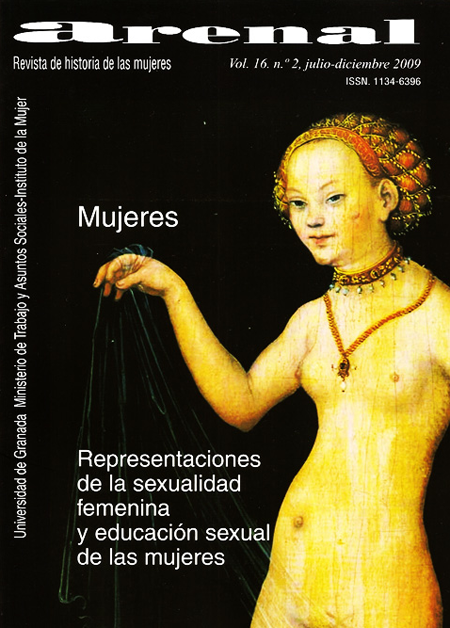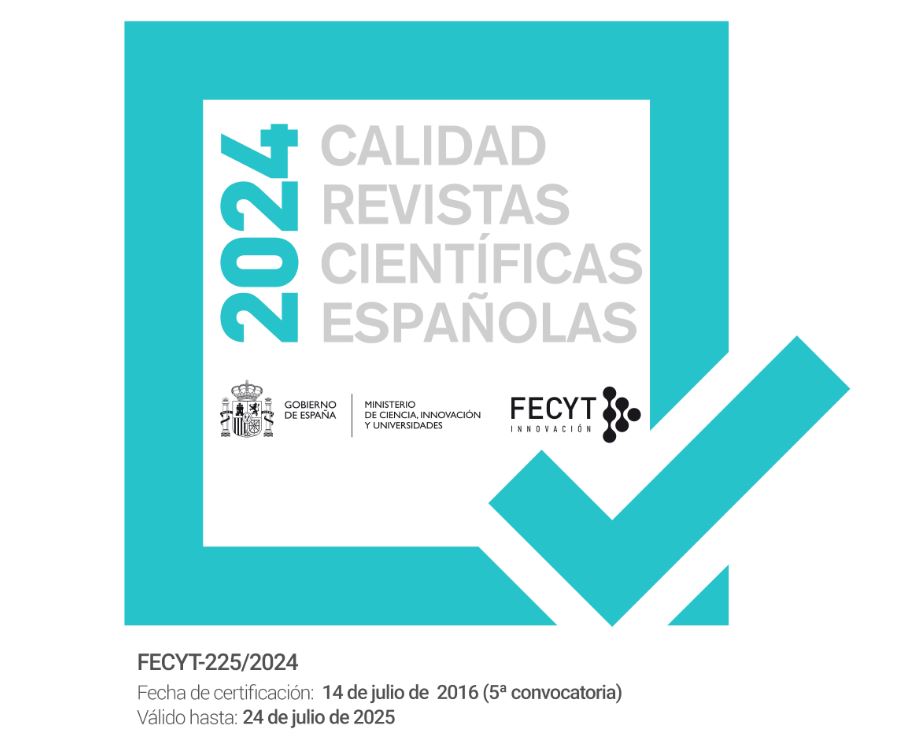Sexo, salud y sacramento. Las relaciones sexuales y la salud de las mujeres en la Edad Media
DOI:
https://doi.org/10.30827/arenal.v16i2.1476Palabras clave:
Sexualidad, Placer, Orgasmo, Matrimonio, Castidad, ImpotenciaResumen
El estudio de la experiencia erótica femenina en la Edad Media está condicionado por las fuentes. Las concepciones sobre el deseo sexual, el placer y la salud de las mujeres provienen, básicamente, de fuentes escritas por hombres. Este trabajo analiza las construcciones que fueron formuladas por médicos y teólogos acerca de la sexualidad de las mujeres que tenían derecho a ella, las casadas, y aquellas que lo tuvieron prohibido, las monjas. Los médicos, de una parte, recibieron la teoría de la semilla femenina y, de acuerdo a ella, las mujeres necesitaban las relaciones sexuales para mantener su salud. Pero, de otra parte, la Iglesia Católica estaba ocupada en el proceso de control del celibato. De modo que hubo dos puntos de vista sobre la necesidad del placer sexual de las mujeres. Los teólogos terminaron por reconocer esta necesidad para las mujeres, pero se produjeron resultados extraños: los médicos adaptaron sus terapias a las necesidades sexuales de las monjas y las parteras tuvieron la responsabilidad de llevar a cabo el orgasmo terapéutico. Las mujeres casadas, sin embargo, no tuvieron derecho a elegir compañero sexual.
Descargas
Descargas
Publicado
Cómo citar
Número
Sección
Licencia
Los/as autores/as que publican en esta revista están de acuerdo con los siguientes términos:
Los autores/as conservarán sus derechos de autor y garantizarán a la revista el derecho de primera publicación de su obra, el cuál estará simultáneamente sujeto a la Licencia de reconocimiento de Creative Commons 4.0 BY-NC-ND que permite a terceros compartir la obra siempre que se indique su autor y su primera publicación esta revista.
Los autores/as podrán adoptar otros acuerdos de licencia no exclusiva de distribución de la versión de la obra publicada (p. ej.: depositarla en un archivo telemático institucional o publicarla en un volumen monográfico) siempre que se indique la publicación inicial en esta revista.
Se permite y recomienda a los autores/as difundir su obra a través de Internet (p. ej.: en archivos telemáticos institucionales o en su página web) antes y durante el proceso de envío, lo cual puede producir intercambios interesantes y aumentar las citas de la obra publicada. (Véase El efecto del acceso abierto).














